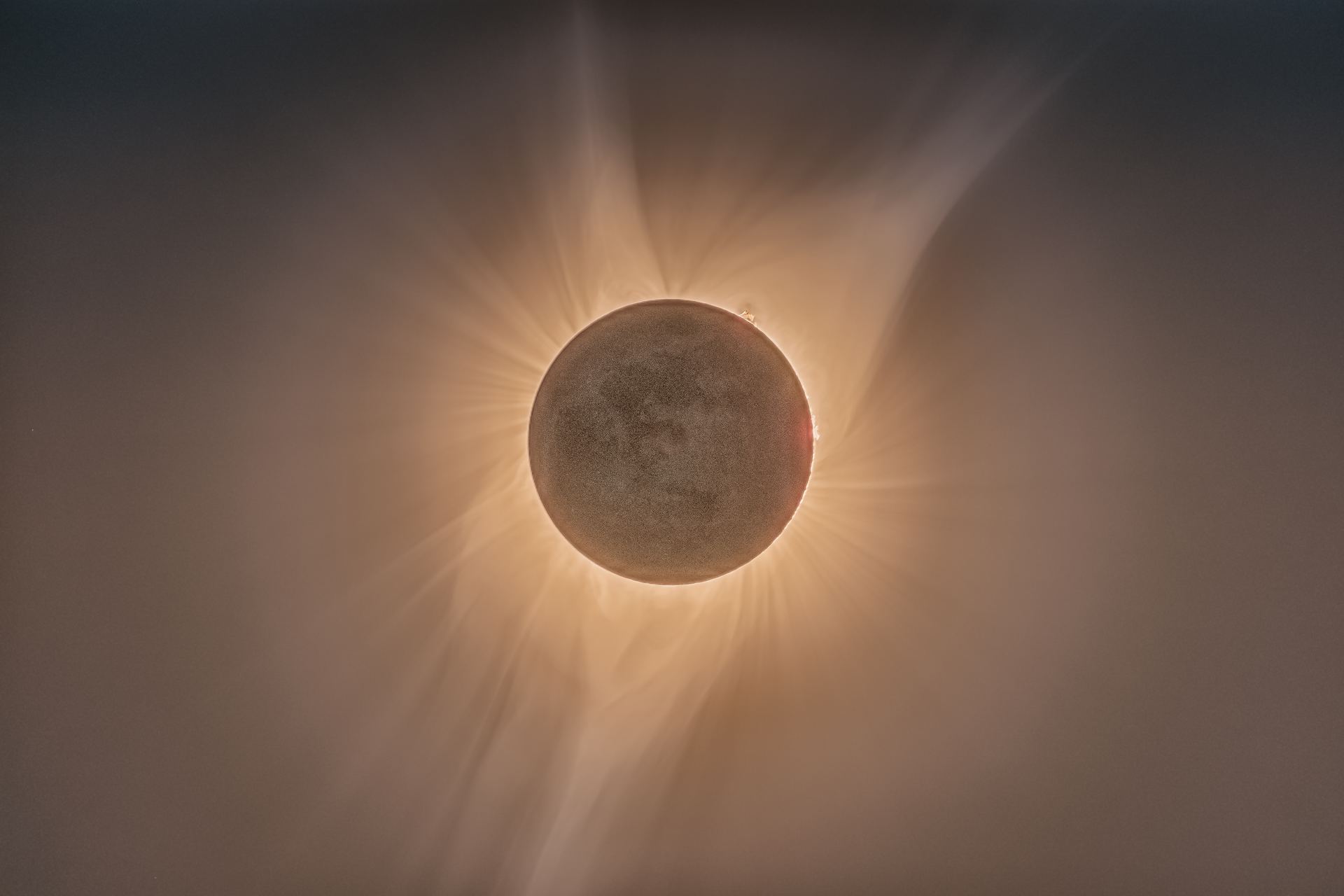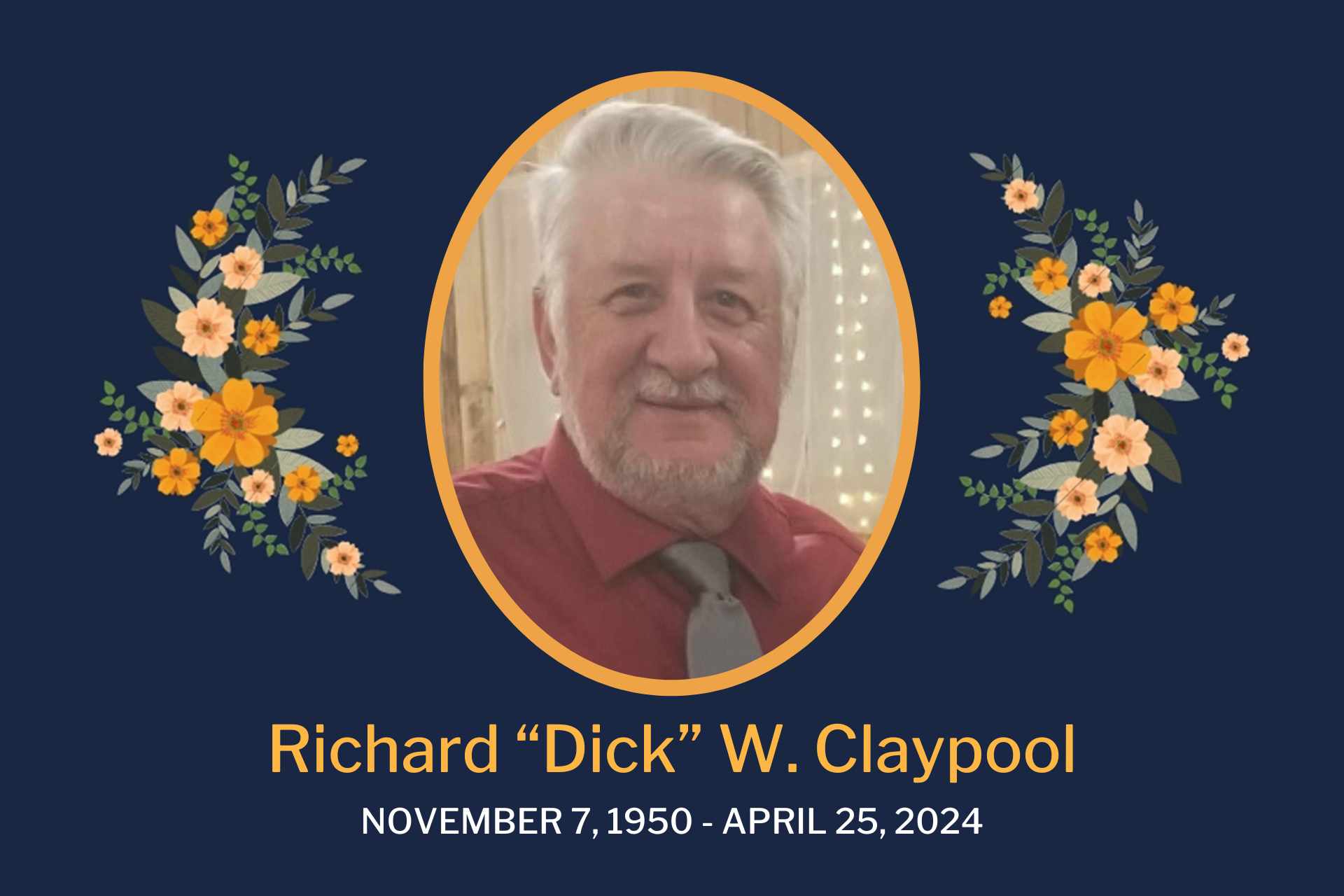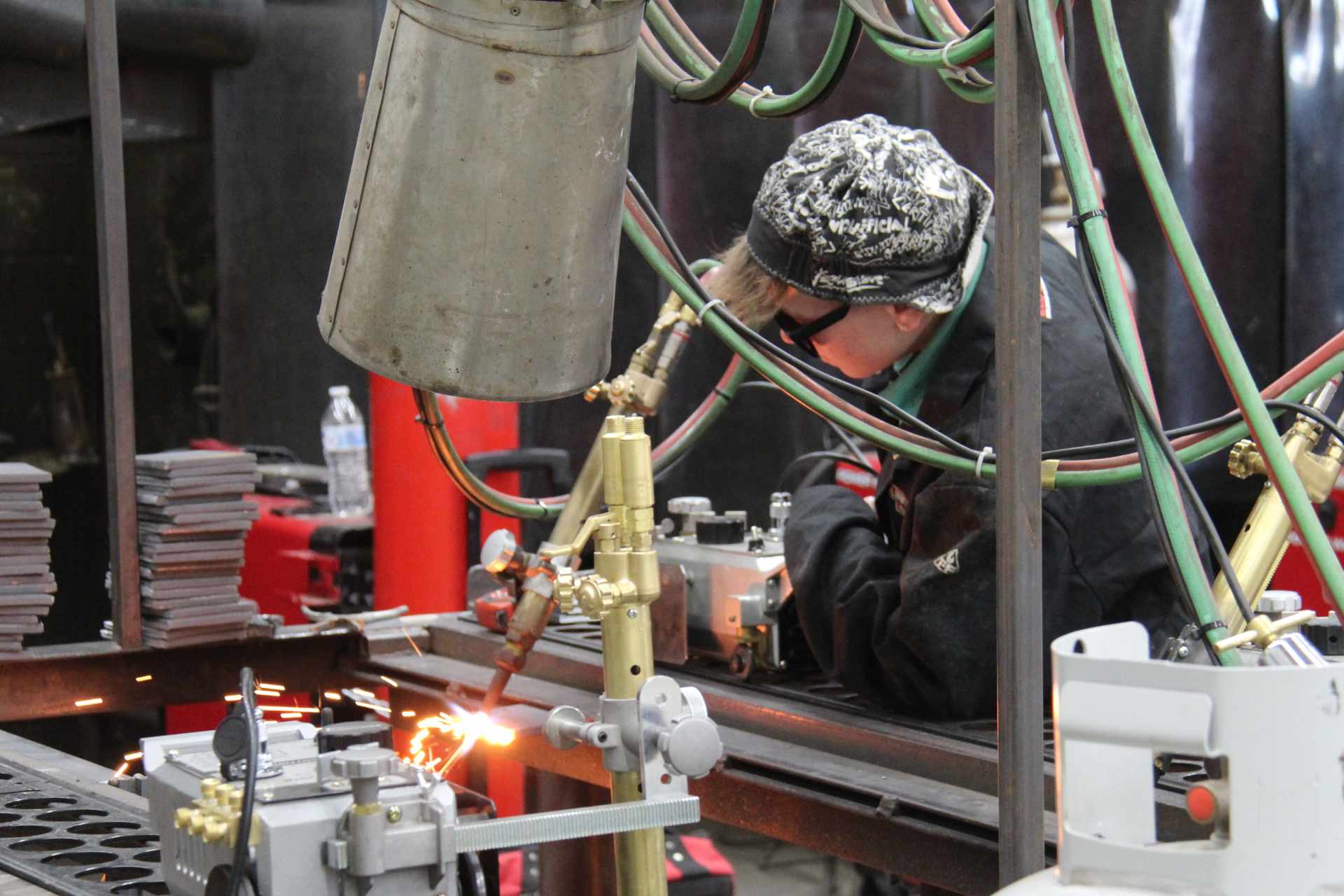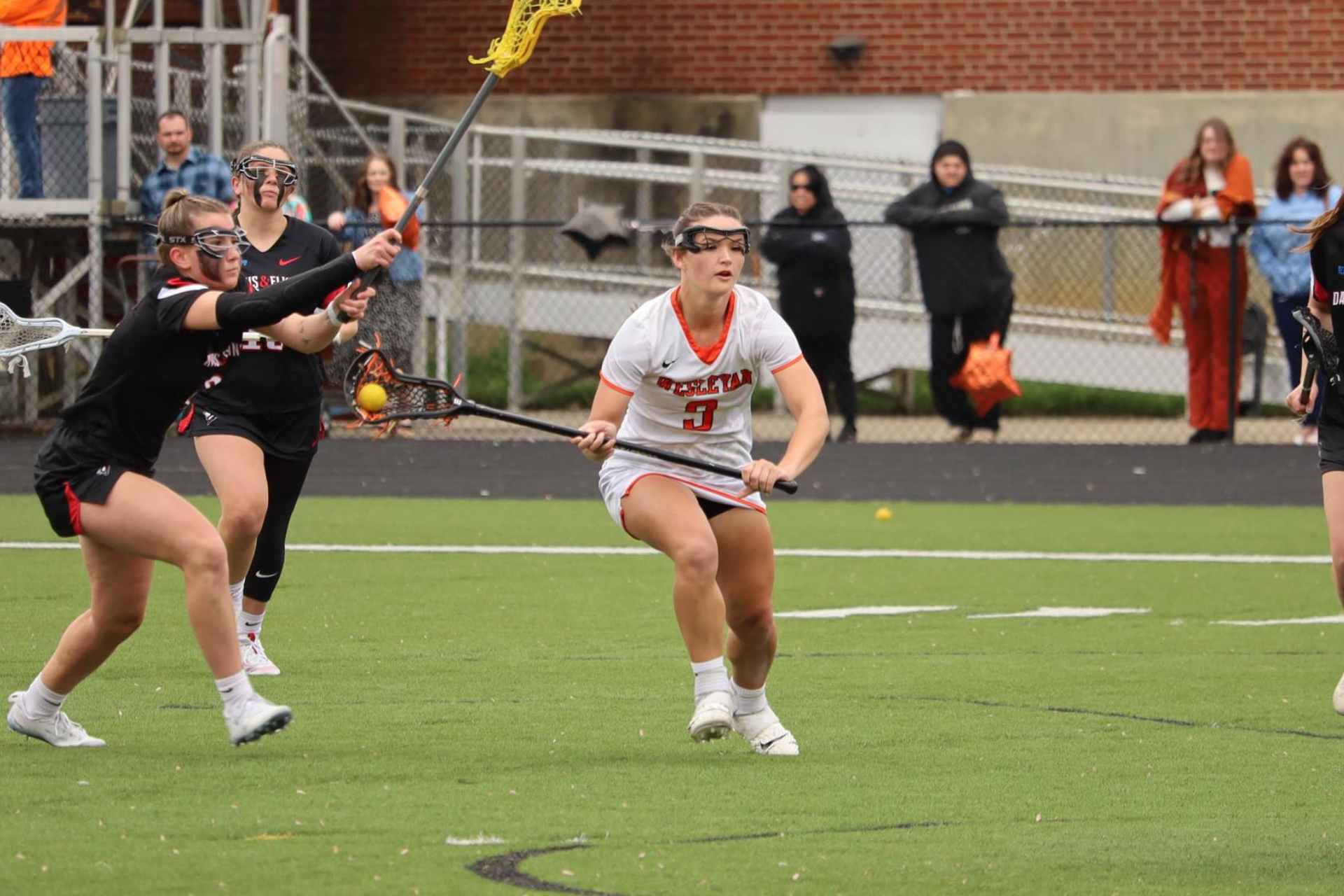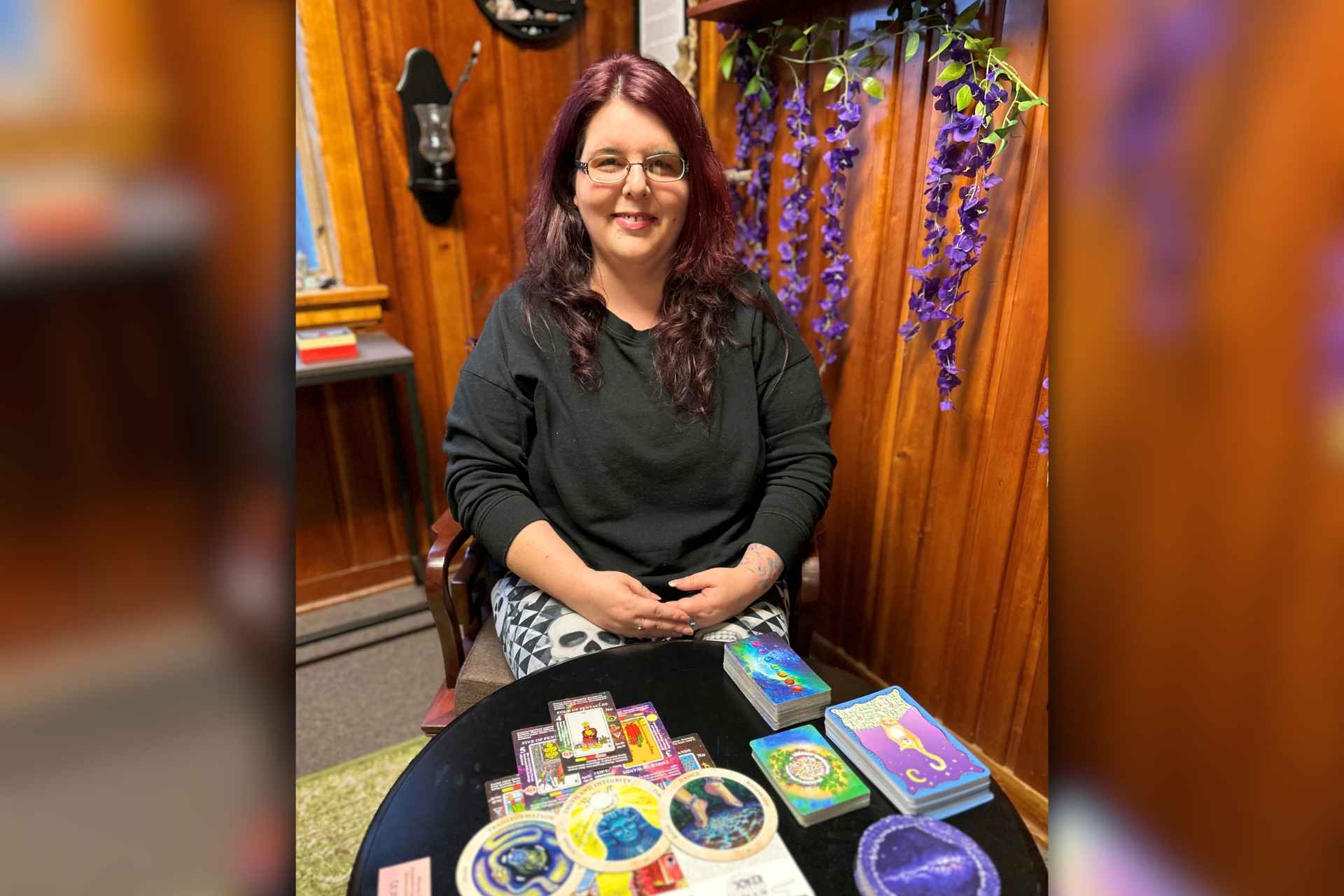Editor’s note: My Buckhannon news correspondent Beth Christian Broschart attended West Virginia Wesleyan College’s Nov. 17 planetarium show about “The Incredible Sun.” Below, she chronicles some of the fun facts she gleaned from the presentation, as well as her overall experience.
BUCKHANNON — I love adventures – especially ones where I can learn while having fun.
When I found out West Virginia Wesleyan College offers two planetarium shows per month, I knew I had to go.
“The Incredible Sun” was the main topic on Nov. 17, and there were about 20 people who’d come to the second floor of Wesleyan’s Christopher Hall of Science to take in information about the star at the center of the Solar System.
The video part of the presentation showcased events occurring on the surface of the sun, which is about 93 million miles away from Earth.
During that portion, we learned that each second, our sun emits 1 million times more energy than the world consumes every year.
The video said much of the research on the sun comes from the Canary Islands, a Spanish archipelago located in the Atlantic Ocean to the west of Morocco.
However, the video noted the best solar observatory is not even on this planet: It’s on an orbit 36 kilometers away from Earth.
The Solar Dynamics Observatory, a NASA mission, has been observing the sun since 2010.
The space observatory takes a picture of the sun every 12 seconds, and the images reveal amazing details.
We learned that solar eruptions can cause serious damage on planet Earth.
For example, in March 1989, a solar storm knocked out the power in Quebec, Canada for nine hours. Who would imagine something so far from our own planet could cause that kind of reaction?
The show explained that the sun’s activities change every 11 years but said astronomers have not yet discovered why that happens each 11 years.
We learned that our sun is unique because – at least as far as astronomers know – it’s the only star in the universe in the vicinity of where life was born.
Folks attending the shows may recline in the seats and enjoy the overhead dome show.
But those wishing to enjoy a more relaxed experience are welcome to lie on the floor with a pillow to get the full 360-degree experience.
The shows are led by Dr. Tracey DeLaney, an astronomer and physics professor at Wesleyan.
Following the completion of the video, the night sky was projected on the dome, and we learned some “star lore.”
DeLaney shared some of the old stories that were told about the stars in the sky.
Wesleyan’s Planetarium has 40 seats, and the shows are projected on the ceiling with a digital projector purchased with a gift from the Naylor Family Fund and the Community Trust Fund.
The projector is a Digitarium Zeta and is capable of full-dome videos.
DeLaney said the old Starball Planetarium Projector is housed downstairs in the lobby of Christopher Hall.
The original system had been in use for nearly 50 years before the purchase of the new Digitarium Zeta.
“The new projector came in at a cost of about $32,000,” DeLaney said, “but the Naylors gave us a little more because in order to play movies, the content costs a bit more. So, their donation to this project was $40,000. We purchased the projector a little more than a year ago. It is really quite wonderful.”
DeLaney said most – but not all – of the videos pertain to cool happenings in outer space.
“We have a few shows that are not about astronomy,” she said. “We did one on fractals, but it was basically a math nerd show. We did one on setting the periodic table telling where the elements come from.
“Coming up, our first show in December, is called ‘The Nutcracker Suite,’” she said. “But it’s not an astronomy show at all. It’s Tchaikovsky’s music. It’s a visual experience and a lot of fun to watch.”
Each show lasts about an hour and begins at 8 p.m. on the first and third Saturdays of each month.
Admission is $3 for adults and $2 for students and seniors.
Children under 18 years of age are free when accompanied by an adult.
No reservations are accepted for the monthly shows, and the door opens 30 minutes before the beginning of each show.
Weather permitting, there are telescope observations following each show, and each planetarium show includes a tour of the evening sky and free sky charts.
Shows are also available for schools and educational groups, birthday parties, corporate functions, civic groups and family reunions.
Contact DeLaney with questions and or make reservations by calling 304-47-8330 or emailing Delaney_t@wvwc.edu.
December shows include the “Nutcracker Suite” on Dec. 1 at 8 p.m. and “Season of Light” on Dec. 15 at 8 p.m.
